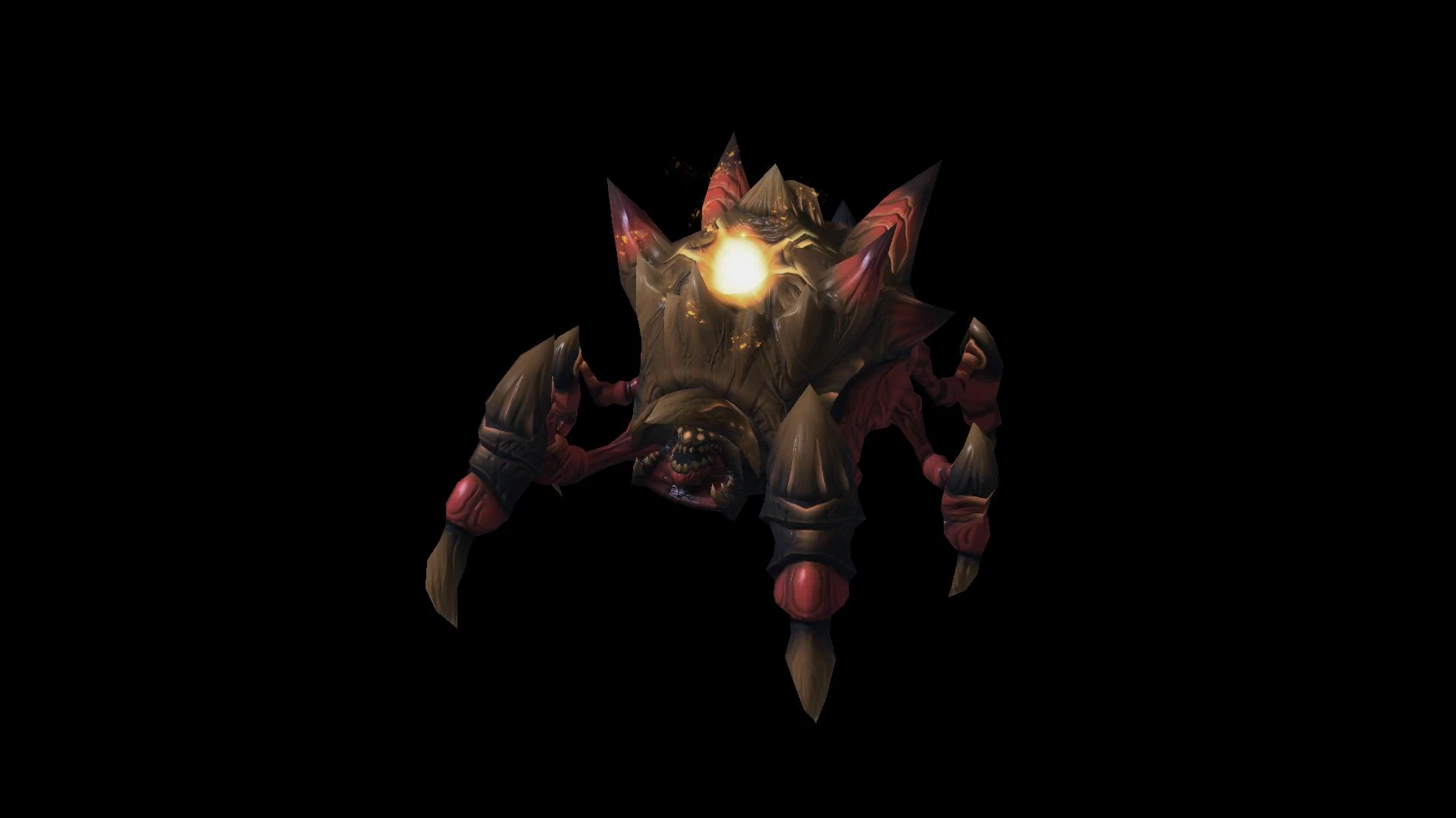The hydralisk is a staple of many zerg armies because of its high damage output and ability to shoot both ground and aerial targets. Its main attack consists of propelling spines into the target but it can also use it arms to hack and slash in close quarters.
Like my original hydralisk, this design is based on the bird base. However, unlike the last hydralisk I designed, I actually researched the hydralisk’s anatomy to get a more accurate model. I am most pleased with how the head/shoulders turned out and the spines on the back were also a pleasant surprise when I realized I had the paper to accommodate them. I would like to rework the arms to make the spikes longer but I don’t think this current design can manage longer spikes.

Just a comparison of my current hydralisk to the one I designed four years ago.
Folded from a single sheet of square, uncut printer paper.















